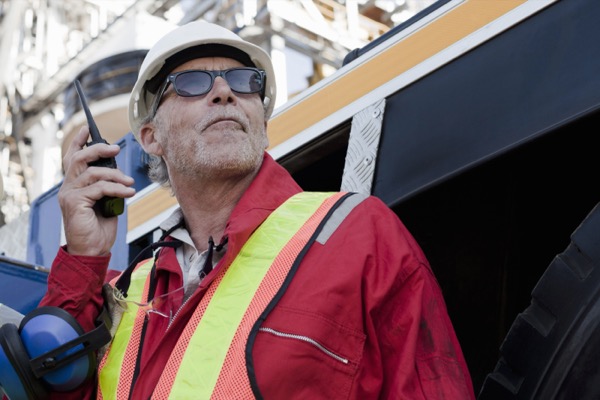In construction, maintenance, and utility industries, elevated work zones present a landscape filled with challenges and significant risks. Workers operating high above ground face the ever-present danger of falls, making maintaining a safe working environment more than a mere guideline; it’s a vital necessity for survival.
The process of ensuring safety in these elevated zones begins with a comprehensive risk assessment, identifying potential hazards such as unstable surfaces and environmental factors. This assessment serves as a foundational guide for developing safety protocols and selecting appropriate fall protection systems. Key to this are robust fall protection measures, including guardrails as an initial line of defense, personal fall arrest systems like harnesses and lanyards for critical fall prevention, and safety nets for areas where other systems may be insufficient.
Access to these elevated work zones is carefully managed with various tools such as ladders, scaffolding, and aerial lifts, each selected for its safety compliance and suitability for the task. Fundamental to the safety infrastructure is worker training, encompassing everything from proper equipment use to emergency procedures and rescue plans.
A critical but often overlooked aspect is the regular inspection and maintenance of safety equipment. The integrity of each harness, lanyard, and anchor point is meticulously examined to ensure unwavering reliability. Additionally, emergency readiness is paramount, with comprehensive rescue plans outlining every step from the rescue of a suspended worker to the provision of immediate medical aid.
Supervision plays a crucial role in maintaining safety standards, with supervisors ensuring adherence to safety protocols and correcting unsafe practices. Beyond the procedures and protocols, there’s an emphasis on cultivating a safety-first mindset. In this culture, safety is a collective responsibility, empowering every worker to actively participate in the safety dialogue.
In conclusion, maintaining a safe working environment in elevated work zones is a complex and critical mission. It involves a commitment to not just following procedures but fostering a culture where safety is embedded in every action and decision. It’s a dedication to ensuring that every worker who ascends into these zones not only performs their tasks effectively but also returns safely, day after day.







